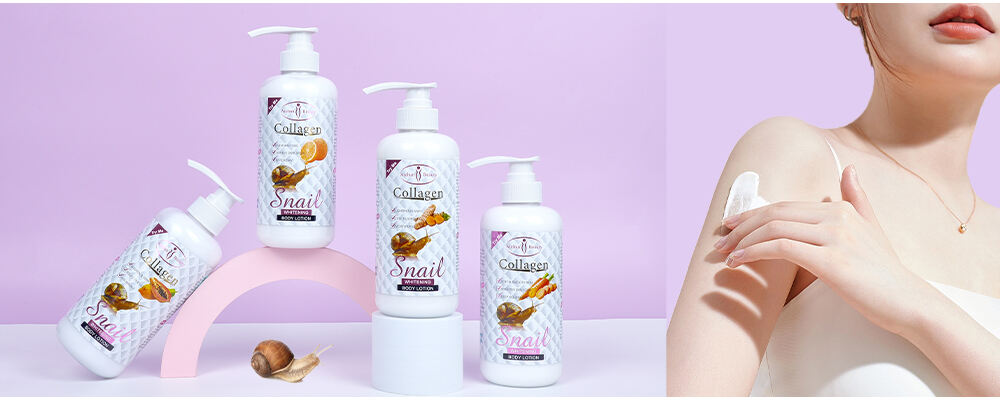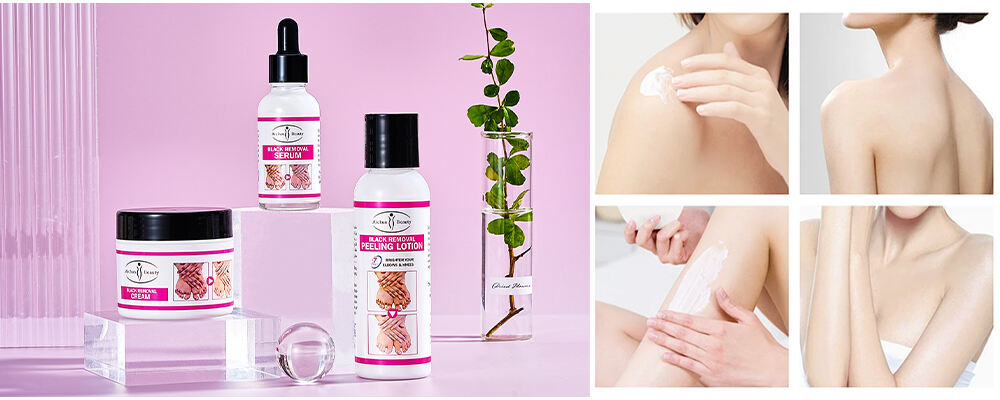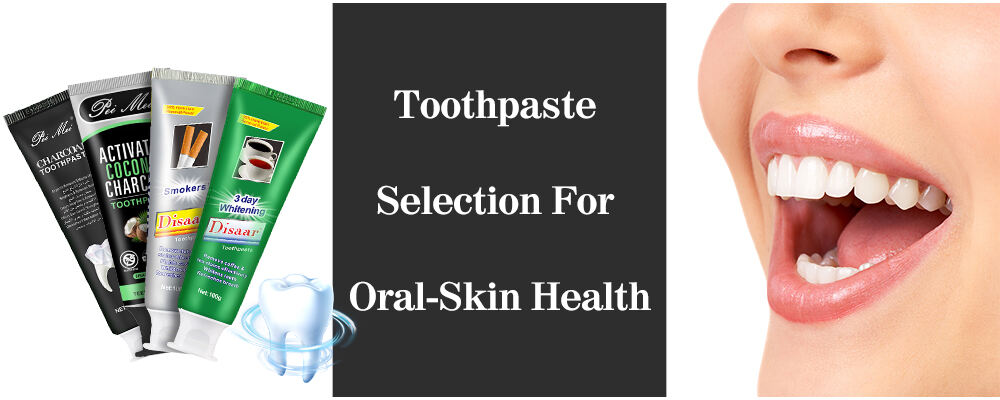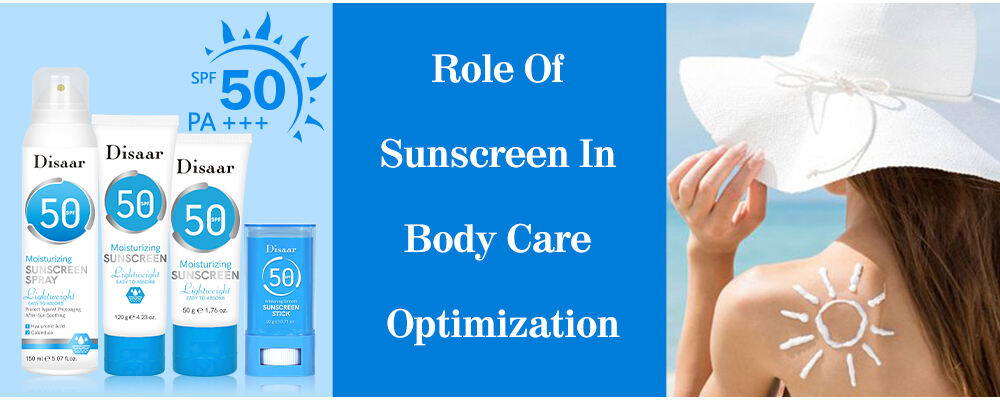Het integreren van effectieve reinigingstechnieken is cruciaal om een succesvolle huidverzorgingsroutine in stand te houden en volledige lichaamshygiëne te waarborgen. Het gebruik van pH-gebalanceerde reinigers is essentieel, omdat ze voorkomen dat de huid haar natuurlijke olies verliest, die van groot belang zijn om de huid gevoed en beschermd te houden. Bovendien kan het combineren van verschillende reinigingsmethodes zoals droogborstelen, douchen en het gebruik van reinigingsoliën verschillende voordelen bieden. Bijvoorbeeld, droogborstelen helpt bij het afwrijven van dood huidweefsel en het stimuleren van de bloedcirculatie, terwijl douchen met lauw water de poriën kan openen voor een grondiger reiniging. Reinigingsoliën zijn uitstekend om onreinigheden te verwijderen zonder de huid uit te drogen.
Daarnaast kan het gebruik van gespecialiseerde reinigers voor specifieke lichaamsdelen je reinigingsroutine optimaliseren. Bijvoorbeeld, het gebruik van schurbare reinigers op je voeten kan helpen om ruwe, dood huid te verwijderen en een gezonde huidvernieuwing te bevorderen. Op soortgelijke wijze kan het kiezen voor zachte, verrijkende shampoos voor haar en scalp voorkomen dat ze droog of geïrriteerd raken. Uiteindelijk komt het erop neer om producten te selecteren die afgestemd zijn op je specifieke huidbehoeften, of het nu gaat om een zachte badreiniger met hydraterende ingrediënten zoals kokosolie of een geurloze zeep om irritatie te voorkomen.

Het begrijpen van je huidtype is de eerste stap in het kiezen van de juiste vochtinhoudende strategieën voor je dagelijkse bodycare routine. Huidtypen kunnen algemeen worden ingedeeld als olieachtig, droog, combinatie of gevoelig. Het bepalen van je huidtype kan inhouden dat je analyseert hoe je huid zich gedurende de dag voelt; bijvoorbeeld, olieachtige huid ziet er glanzend uit en heeft mogelijk vergrote poriën, terwijl droge huid strak of schilferig kan aanvoelen. Verschillende ingrediënten zijn geschikt voor elk type; hyaluronzuur is uitstekend voor droge huid vanwege zijn sterke vochtbehoudende eigenschappen, terwijl niet-komedogeenische oliën zoals jojoba olie gunstig zijn voor olieachtige huid omdat ze poriën niet verstopten.
Daarnaast kan het toepassen van een vochtinbrenger op het juiste moment aanzienlijk bijdragen aan zijn effectiviteit. Experts stellen dat het beste moment om een vochtinbrenger toe te passen direct na het douchen is, omdat je huid nog vochtig is en producten beter kan absorberen. Deze eenvoudige strategie kan helpen om vocht vast te houden en de hydratatie van de huid te verbeteren, wat leidt tot een soepelere en gezonder ogende huid. Bovendien kan het kiezen voor een lichte lotion voor normale huid of een rijkere crème voor uiterst droge huid specifieke behoeften effectief aanpakken.

Specifieke delen van het lichaam, zoals handen, voeten en ellebogen, hebben gerichte zorg nodig vanwege hun blootstelling en neiging tot droogte. Deze veel gebruinde gebieden ondergaan vaak meer slijtage, waardoor ze vatbaar zijn voor droogte en ruwheid. Om ze de zorg te geven die ze nodig hebben, is het voordelig om dikker crèmes of balms te gebruiken. Deze producten vormen een beschermende barrière, voorkomen waterverlies en bevorderen herstel. Ingrediënten zoals ureum of kaneelboter kunnen bijzonder effectief zijn in het voeden en verzachten van deze gebieden.
Daarnaast vereisen seizoenswisselingen aanpassingen in de dagelijkse zorg. Tijdens de winter wordt de huid doorgaans droger en heeft deze extra hydratie nodig. In dergelijke situaties kan het helpen om rijke balms en dikker vochtinbrengende crèmes vaker toe te passen om de droogte te bestrijden die wordt veroorzaakt door koude weeromstandigheden en binnenverwarming. Bovendien helpt het integreren van beschermende maatregelen zoals handschoenen dragen of een laag zonnebrandcrème aanbrengen in de zomer om de huidgezondheid in deze hoogbelaste gebieden te onderhouden. Regelmatig je routine aanpassen aan deze veranderingen kan ervoor zorgen dat je huid soepel en beschermd blijft gedurende het hele jaar.

Lichaamsoliën zijn een geweldige aanvulling op elk skincare-routine, met diepe voeding en verbetering van de hydratatie-retentie. Deze oliën vormen een beschermende barrière op de huid die hydratie vasthoudt, wat de elasticiteit van de huid verbetert en haar een gezonde gloed geeft. Verschillende soorten lichaamsoliën, zoals jojoba-, amandel- en kokosolie, bieden elk unieke voordelen. Bijvoorbeeld, jojoba olie lijkt sterk op natuurlijke huidoliën, waardoor het ideaal is voor alle huidtypen; amandel olie is rijk aan vitamine E en helpt bij het sussen en verzachten van de huid, terwijl kokosolie door haar antimicrobiële eigenschappen nuttig kan zijn bij het behandelen van huidaandoeningen. Om de voordelen van lichaamsoliën te maximaliseren, raad ik aan ze toe te passen na een bad wanneer de huid iets vochtig is. Dit tijdstip laat de oliën dieper doordringen, zorgend voor langdurige hydratatie en comfort van de huid.

Het opnemen van gezichtsmaskers in een bodycare-routine kan uitgebreide huidzorgvoordelen bieden, vergelijkbaar met gezichtsmaskers. Bodymaskers bevatten vaak ingrediënten die gericht zijn op specifieke huidproblemen, zoals hydratie of schilfering, wat ze tot een veelzijdig instrument maakt voor het onderhouden van de huidgezondheid. De frequentie van gebruik hangt af van individuele huidbehoeften - streven naar wekelijkse toepassingen voor hydratie en tweewekelijks voor schilferingsdoeleinden. Bij het aanbrengen van bodymaskers zijn juiste technieken essentieel. Begin met schoon, droge huid, breng een gelijkmatige laag aan, en ontspan gedurende de aanbevolen duur voordat je grondig spoelt. Deze zorgvuldigheid zorgt ervoor dat de actieve ingrediënten volledig worden opgenomen, waardoor optimale resultaten worden behaald voor de behoeften van je huid.

Het kiezen van de juiste tandpasta speelt een verrassend cruciale rol bij het harmoniseren van mondhygiëne met huidgezondheid. Bepaalde tandpastagingredienten kunnen huidproblemen verergeren, wat zorgvuldige selectie noodzakelijk maakt. Ingredienten zoals Sodium Lauryl Sulfate (SLS) en kunstmatige smaken kunnen gevoelige huid irriteren en bestaande huidaandoeningen verslechtering. Om deze ongunstige effecten te voorkomen, is het verstandig om te kiezen voor zachte formuleringen zoals aangeboden door merken die bekend staan om hun producten vriendelijk voor gevoelige huid. Deze merken benadrukken het belang van mondhygiëne in overeenstemming met dermatologische gezondheid, zodat je keuze in tandpasta niet alleen mondhigiëne ondersteunt, maar ook algemene huidwelzijn.

Om de werking van SPF-beveiliging te begrijpen, is het belangrijk om het verschil tussen UVA- en UVB-stralen te kennen. SPF, of Sun Protection Factor, meet hoe effectief een zonnebrandcrème beschermt tegen UVB-stralen, die de huid doen verbranden. UVA-stralen dringen echter dieper door en veroorzaken vroegtijdig ouder worden. Daarom zijn breed-spectrum zonnecrèmes cruciaal omdat ze beschermen tegen zowel UVA als UVB-stralen. Volgens de Skin Cancer Foundation vermindert regelmatig gebruik van zonnescherm aanzienlijk het risico op huidkanker. Dit benadrukt de noodzaak om zonnescherm in onze dagelijkse routine op te nemen. lichaamsverzorging routines voor effektieve huidbescherming.
Voor ons die een actief levensstijl hebben, is het frequent hernieuwen van zonblokker essentieel om continu bescherming te waarborgen. Het wordt algemeen geadviseerd om elke twee uur opnieuw aan te brengen, nog vaker als je hevig zweet of zwemt. Praktische tips omvatten het meenemen van compacte zonnesprays of stickopties die gemakkelijk in je sportschooltas of tas passen. Na zwemmen of hevig zweeten, droog je huid grondig af voordat je opnieuw aanbrengt om de effectiviteit te maximaliseren. Deze strategieën zorgen ervoor dat onze huid de hele dag beschermd blijft, ongeacht het activiteitenpeil.
Bij het combineren van zonblokkers met andere huidverzorgingsproducten is het belangrijk om de volgorde te begrijpen. Het wordt aanbevolen om de zonblokker als laatste aan te brengen, na je vochtinbrenger maar voor make-up, om optimale bescherming te waarborgen. Om een zonblokker effectief over make-up te gebruiken, kies je voor een zonbeschermingspoeder of fixatiespray. Het is belangrijk om niet-komedogene zonbeschermingsopties te kiezen, vooral voor mensen met vet huid of acnegevoelige huid, om porieren te voorkomen dat ze verstopt raken. Door strategisch zonblokker aan te brengen, verbeteren we onze huidverzorgingsroutine zonder onze gewenste uiterlijke verschijning te compromitteren.
Het begrijpen van het verschil tussen chemische en fysieke schroppers is cruciaal voor het aanpassen van een huidverzorgingsroutine. Chemische schroppers gebruiken actieve ingrediënten zoals alfa-hydroxyzuuren (AHAs) en bèta-hydroxyzuuren (BHAs) om door de huidlagen heen te dringen, waardoor dood huidweefsel wordt opgelost zonder schuring. Aan de andere kant betreffen fysieke schroppers schrobdeeltjes zoals suiker, zout of microbeads die fysiek dood huidweefsel van het oppervlak verwijderen. Hoewel chemische schroppers vaak worden verkozen voor gevoelige of acne-gevoelige huid vanwege hun zachte werking, kunnen fysieke schroppers beter aansluiten bij taaiere, minder gevoelige huid. Om optimale resultaten in lichaamsverzorging te bereiken, wordt aanbevolen om te wisselen tussen chemische en fysieke schrozingen, zodat de huid baat heeft bij grondige reiniging zonder oversensibilisatie.
Juist gebruik van body scrubs is essentieel om overdreven schuren te voorkomen, wat de huidbarrière kan beschadigen. Meestal wordt geadviseerd om body scrubs niet vaker dan twee keer per week te gebruiken. Effectieve technieken omvatten het maken van cirkelbewegingen tijdens de toepassing, wat niet alleen helpt bij het schuren maar ook de bloedcirculatie stimuleert voor een gezonder uitziende huid. Voor hen die geïnteresseerd zijn in natuurlijke opties, zelfgemaakte scrubs van keukeningredienten zoals koffiedik, suiker en kokosolie kunnen een goede alternatief zijn. Deze natuurlijke ingrediënten zijn niet alleen economisch, maar ook zacht voor de huid wanneer ze correct worden gebruikt.
Post-schurfvaste zorg is essentieel voor het onderhouden van huidgezondheid en herstellen van hydratie. Het aanbrengen van een vochtinhouder onmiddellijk na het schuren helpt de vochtbarrière te herstellen. Producten met kalmerende ingrediënten zoals aloe vera en kamille zijn bijzonder voordelig om de huid te kalmeren na het schuren. Daarnaast is het vermijden van zonlicht direct na het schuren cruciaal, omdat vers geschuurde huid gevoeliger kan zijn voor UV-schade. Het opnemen van een high-SPF breed spectrale zonnebrandcrème in je lichaamzorgroutine kan je huid beschermen terwijl deze zich herstelt en vernieuwt.
Het overgaan van schuren naar het onderhouden van de huidgezondheid is een continu proces dat bewustzijn vereist van hoe verschillende technieken en producten interacteren met de unieke behoeften van onze huid. Door begrip te ontwikkelen en geavanceerde schurptechnieken toe te passen, kunnen individuen hun lichaamzorgroutine aanzienlijk verbeteren en een stralende, gelijkmatiger getinte huid bereiken.